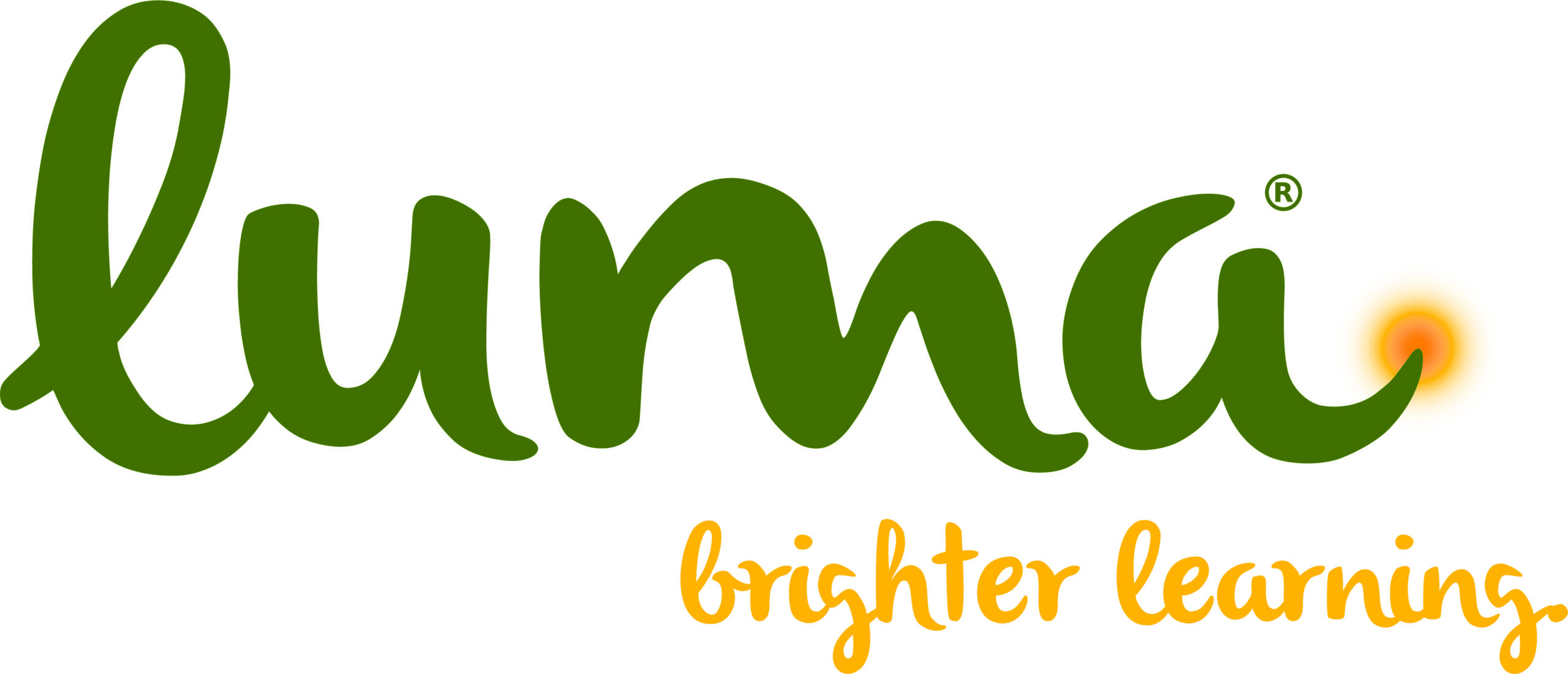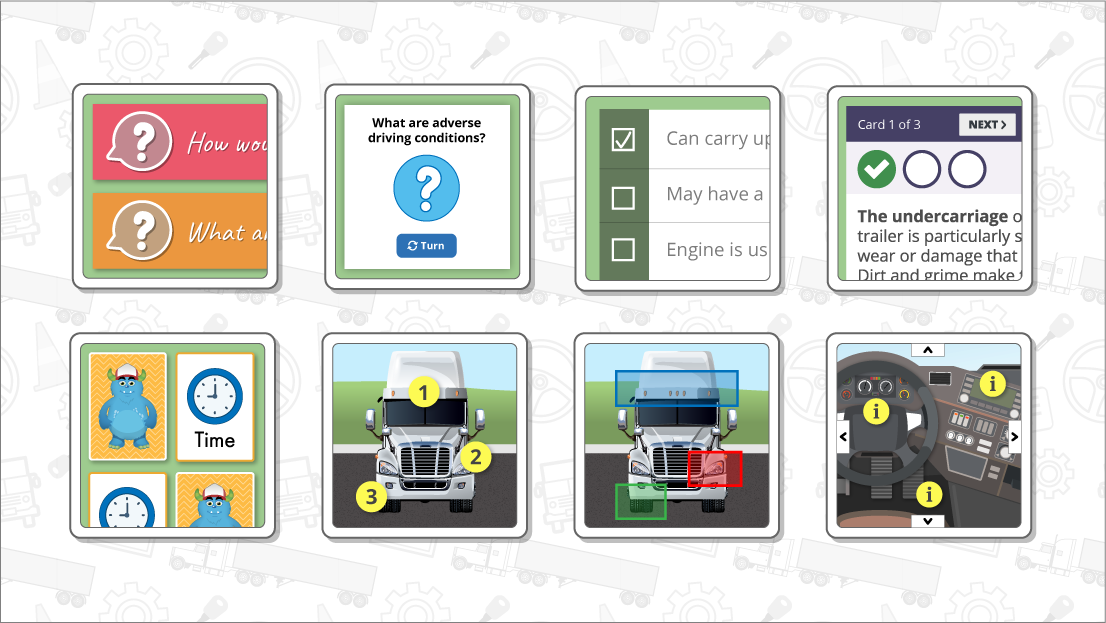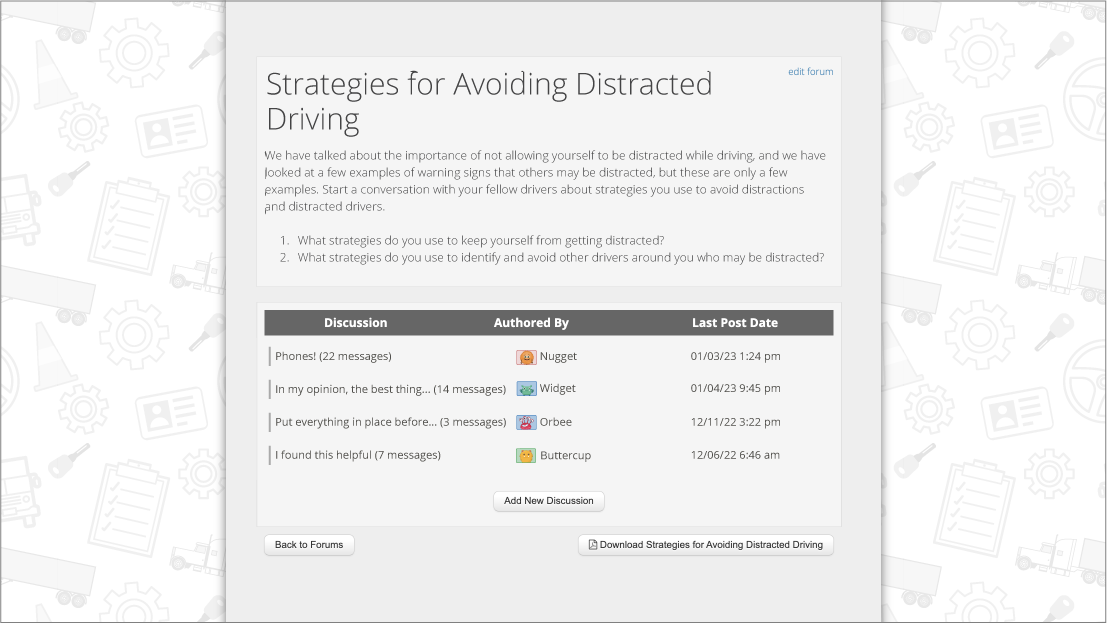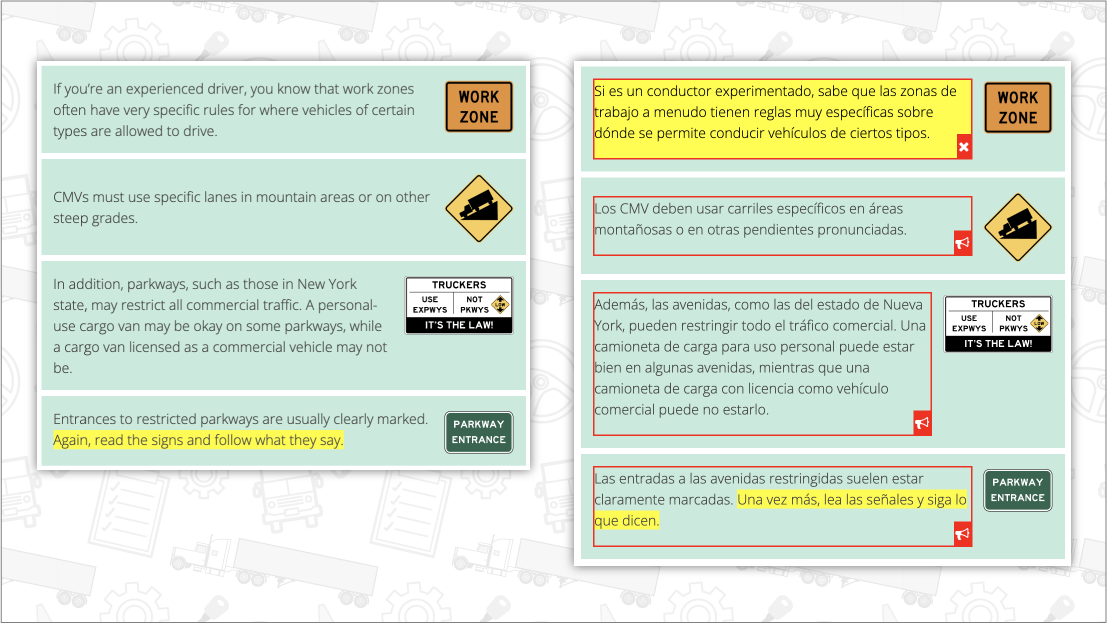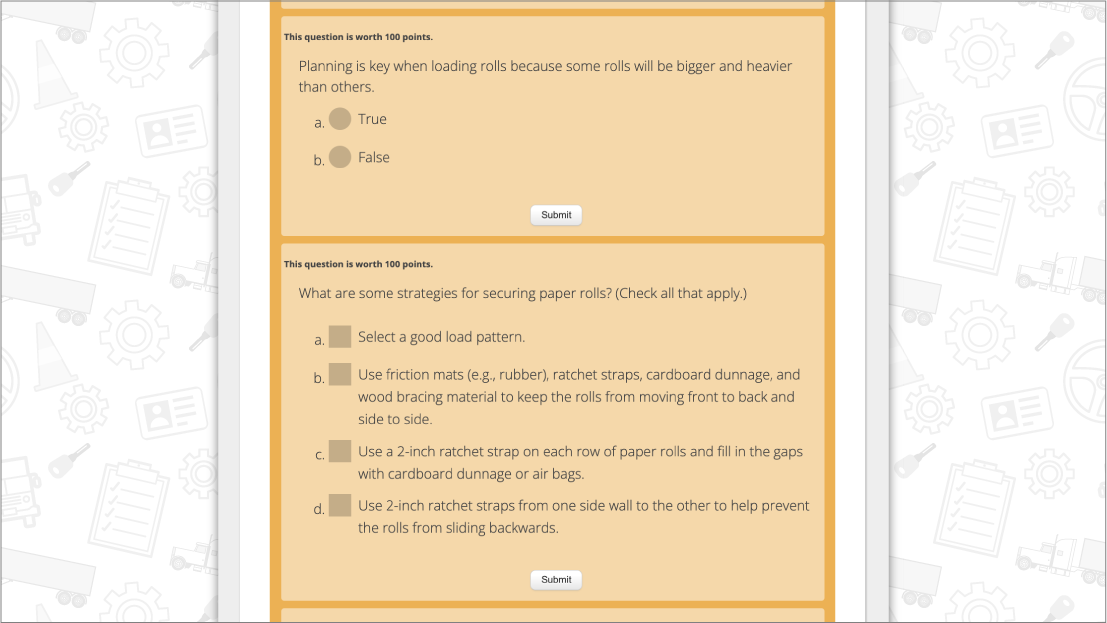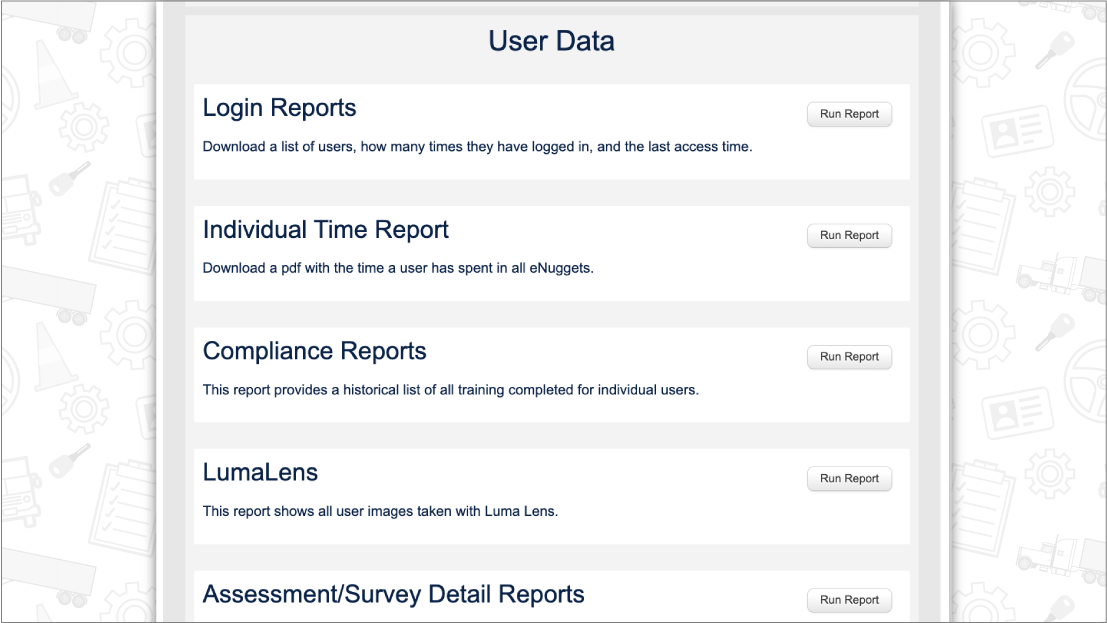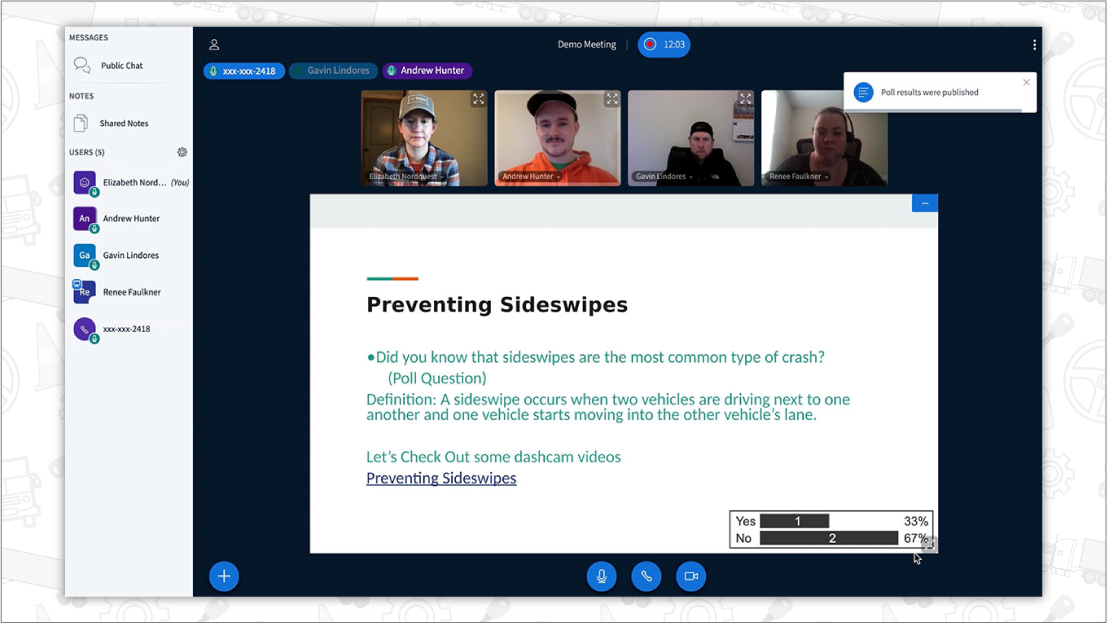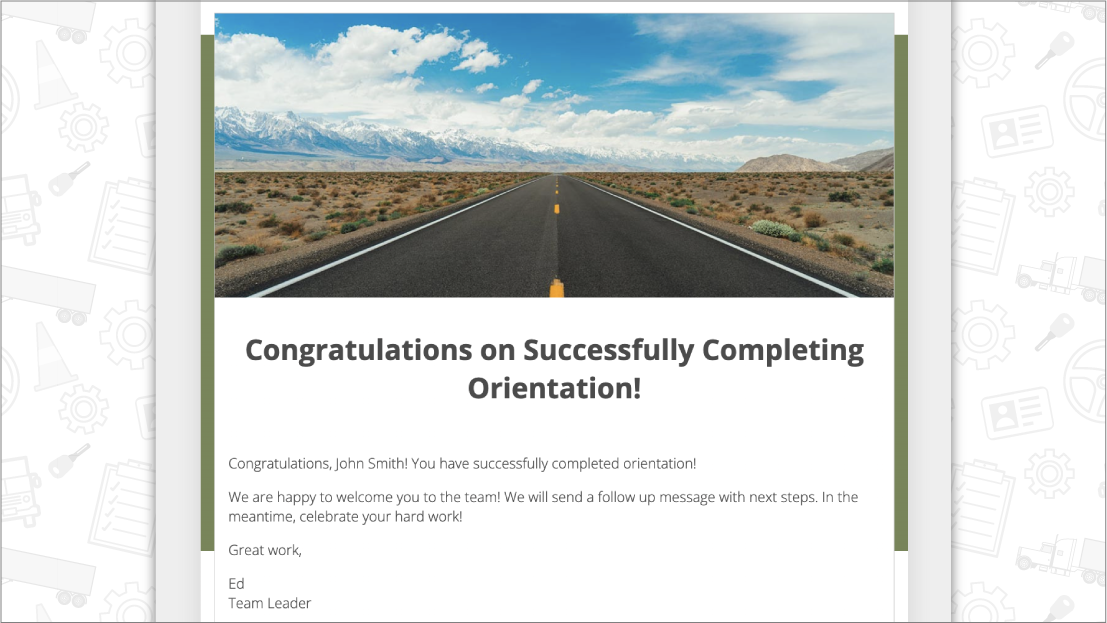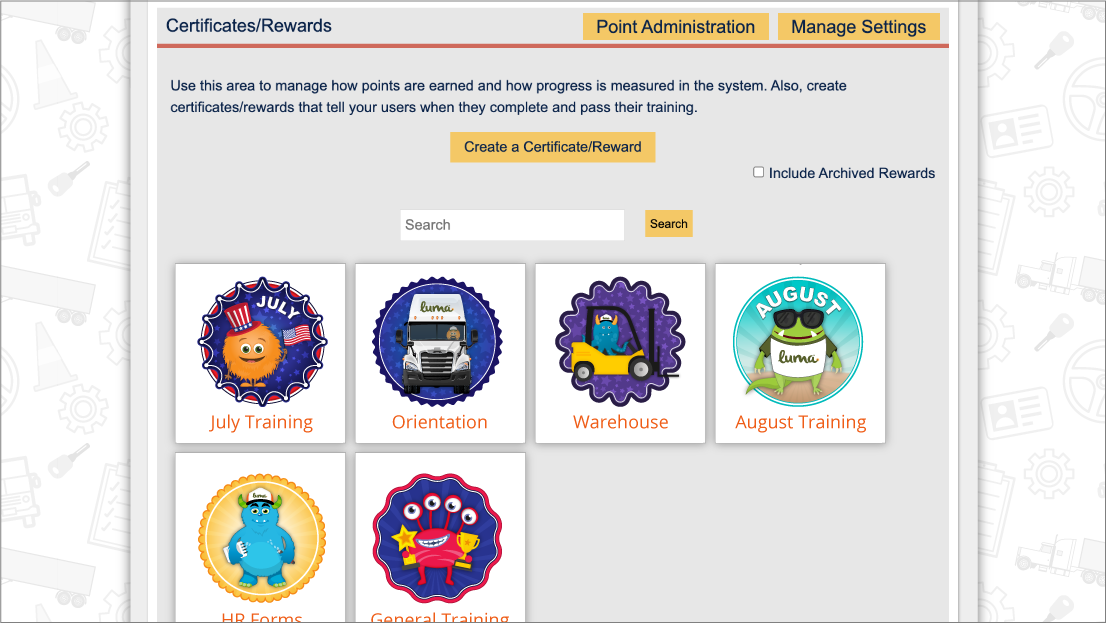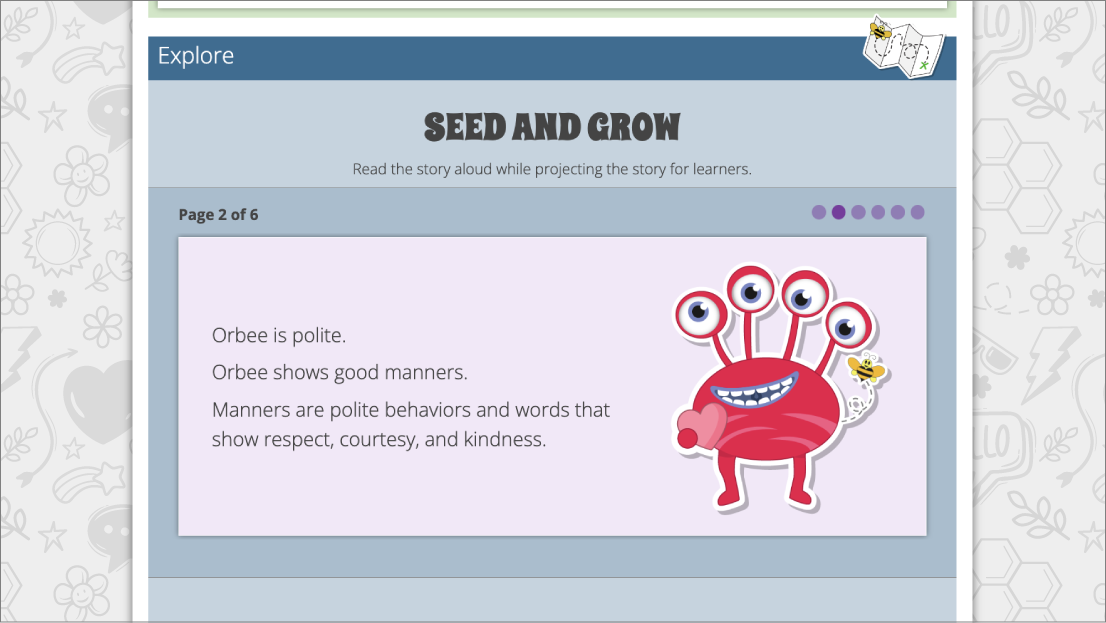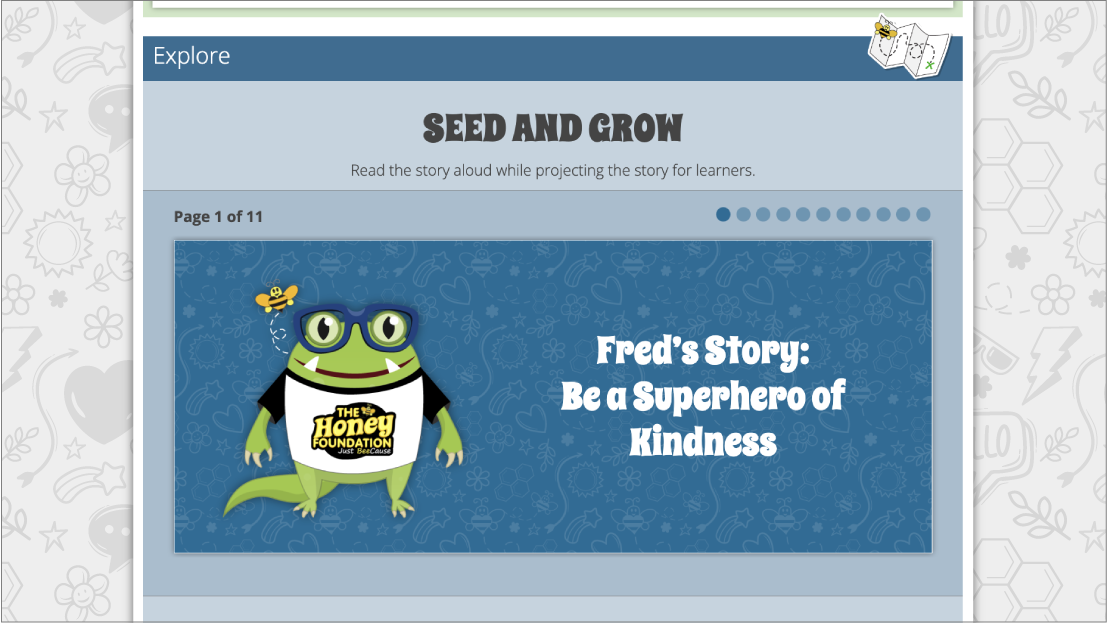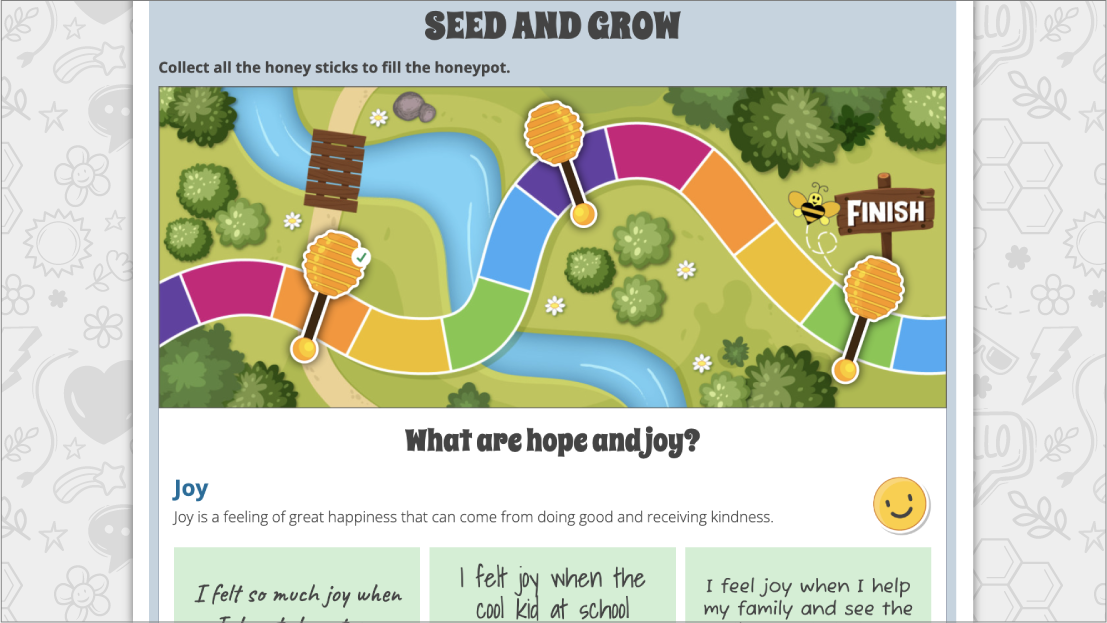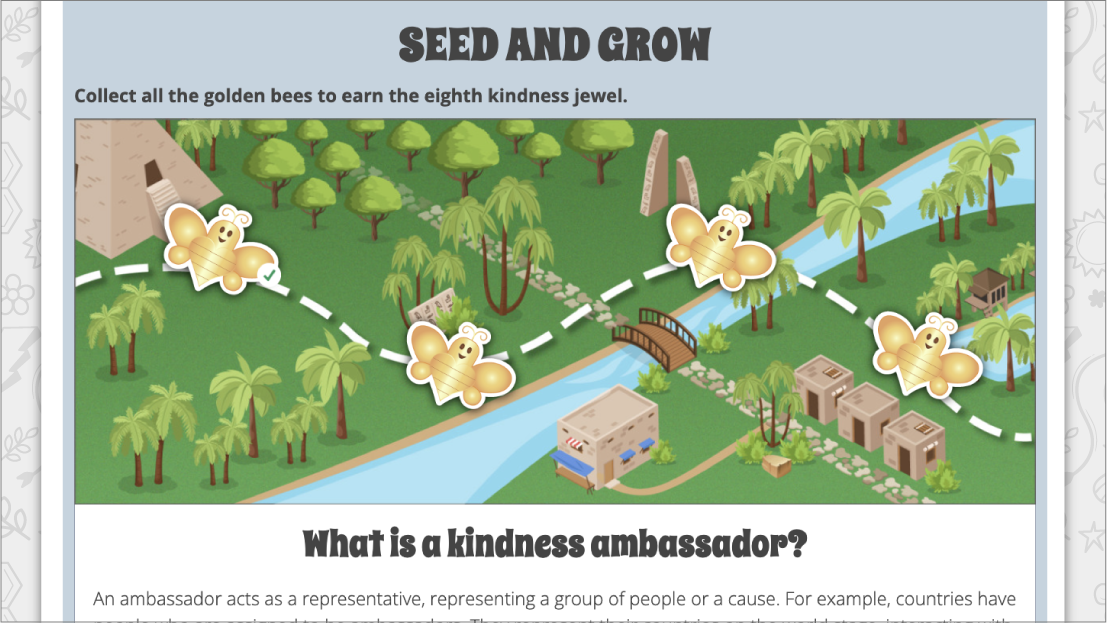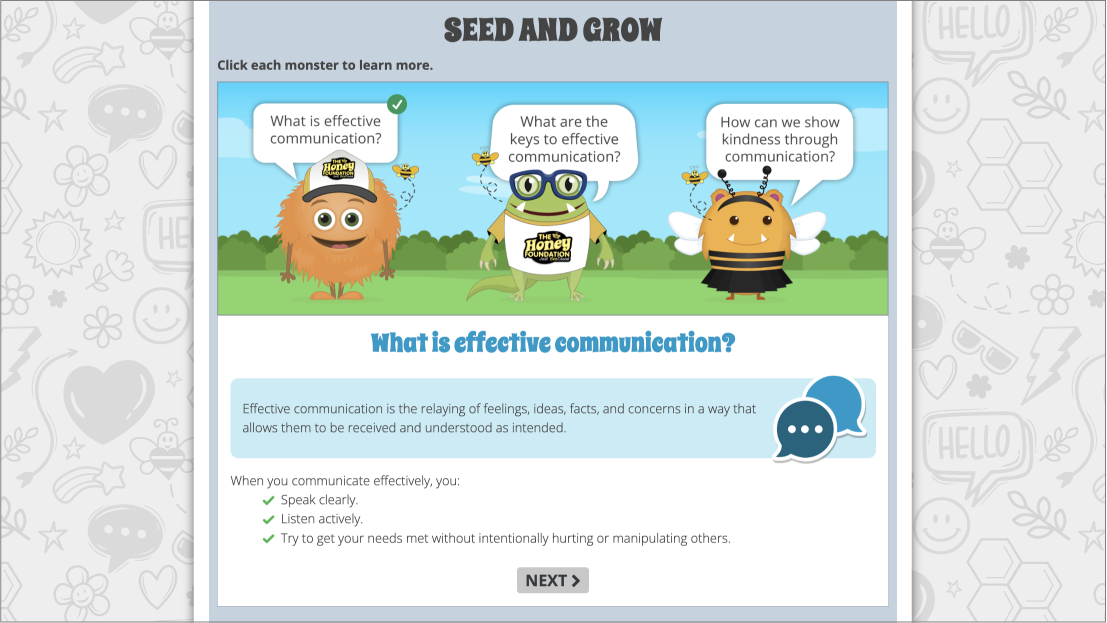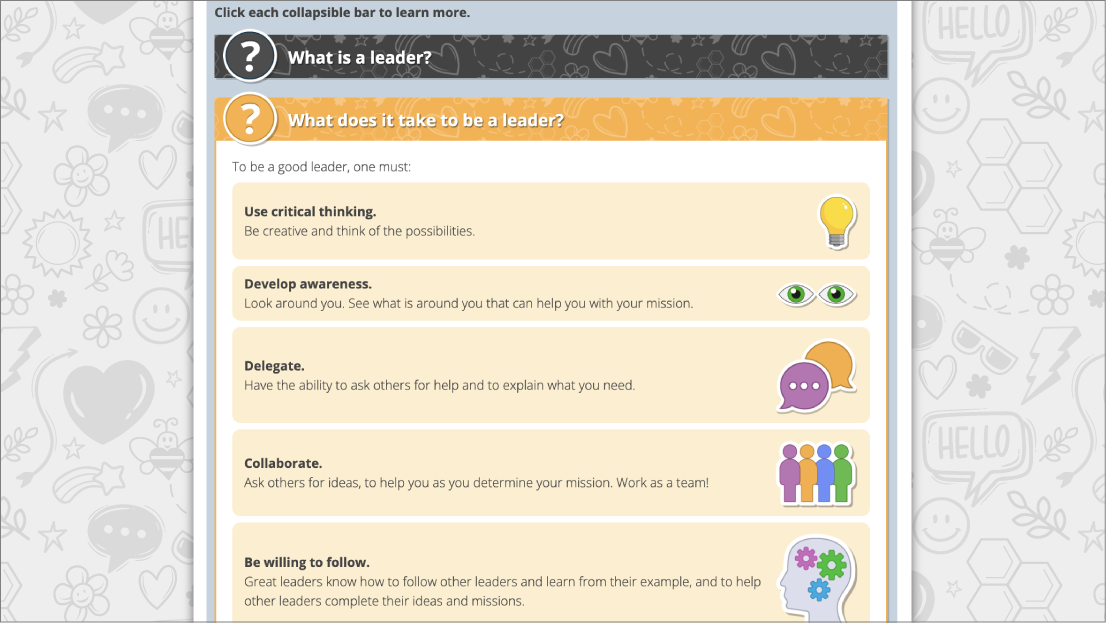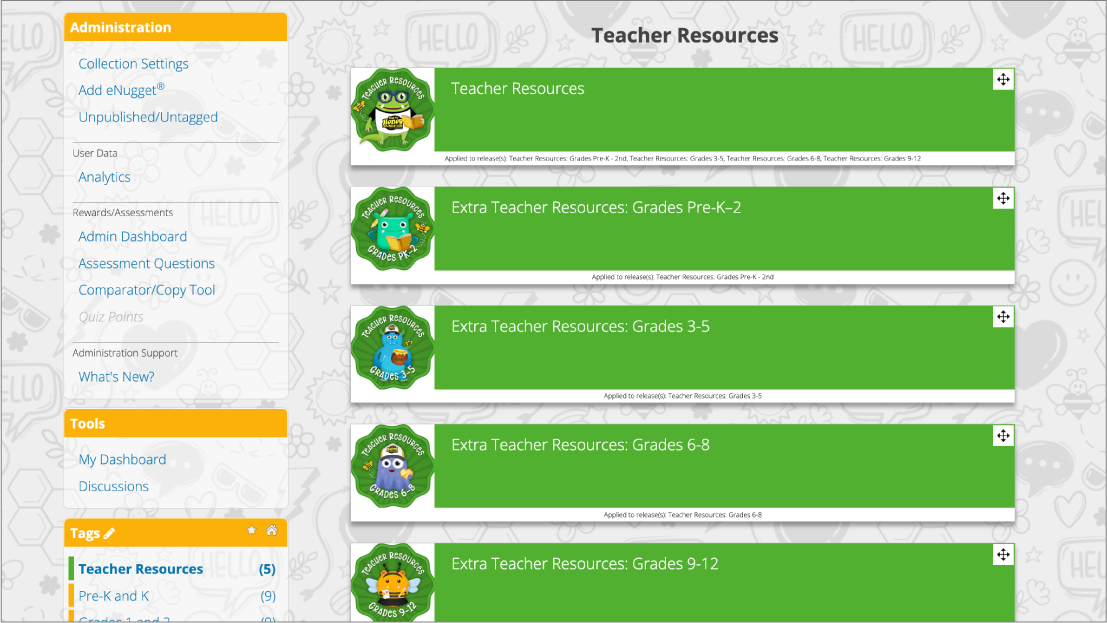
Getting Stuff Done in 2018: Facing Creative Burnout or Overwhelming Tasks
When I tell people I have a background in software design they usually glaze over, but as soon as I add that I’m also an illustrator they almost always exclaim, “What a fun job!” For the most part having a creative job is enjoyable but, like any job, it’s not all fun and games. Sometimes a new task can seem daunting or I face creative burnout. Then there are the periodic thoughts of, “This isn’t good enough! It’s not Art!” When that happens I need to take a step back and refocus. I follow two schools of thought when I work: “Done is better than perfect” and “Baby steps.”
Let’s start with “Done is better than perfect.”
Done is Better Than Perfect
If you work in a fast-paced environment, you’ll never get anywhere if you don’t finish your tasks. To avoid massive amounts of stress, you must not allow tasks to pile up and push back company deadlines. In the past 12 years, I’ve worked on teams where there was a breakdown. When we sat down to discuss the issue, it usually amounted to one or two designers or developers hitting a wall while trying to make the best ____ ever and, in doing so, kept missing every deadline.
 Unfortunately, you can’t make the best ____ ever. Perfection is impossible. Why? Well, assuming you do make the best ____ ever, your idea of perfect will evolve and you’ll start to see all sorts of things that you could change or add to your product. As you strive for perfection, you may forget the reality of client requirements and design constraints. And remember: not all paid creative work is going to be Art with a capital A.
Unfortunately, you can’t make the best ____ ever. Perfection is impossible. Why? Well, assuming you do make the best ____ ever, your idea of perfect will evolve and you’ll start to see all sorts of things that you could change or add to your product. As you strive for perfection, you may forget the reality of client requirements and design constraints. And remember: not all paid creative work is going to be Art with a capital A.
Obviously, you want to get as close to the best ____ ever as you can, but you need to remember to leave time for feedback and refinements so you can make the client happy. Working up to the deadline (or past) doesn’t allow that. Sometimes just getting something in front of the client is enough to get them excited and to get your creative juices flowing. Instead of hitting a wall – or worse, going in a totally wrong direction – you’re figuring out what works and what doesn’t.
Now, let’s move on to “Baby steps” (aka “breaking tasks into smaller pieces”).
Baby Steps
Once in a while I’ll get a large task that I can’t immediately wrap my head around for one reason or another. Maybe I’m facing creative burnout or maybe I’m unfamiliar with the topic and don’t know where to begin. When a project seems daunting, I like to break tasks into small chunks and follow a (flexible) process. The first three steps may seem pointless, but by the time I finish step three, half of my work is done and I’m more familiar with the content.
Step 1: Orientation
Get your bearings. Ask yourself a few questions: Who is this for? What is the purpose? Make sure you know the constraints: What size? What format? If it’s a piece of writing: How long?
Step 2: File Setup
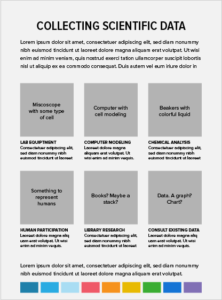 If you’ve broken it down in your head, you are ready to get to work. Let’s say I need to build an informational graphic. They usually contain a bunch of text and a few drawings. Before getting overwhelmed by the amount of work ahead, I start a new file and copy and paste in all content text from the client. (Advice: don’t re-type content if you can help it! Typos shouldn’t be a problem you introduce.) I also paste in client notes about how the accompanying images should look. Before moving on, I make sure to read through all of the content.
If you’ve broken it down in your head, you are ready to get to work. Let’s say I need to build an informational graphic. They usually contain a bunch of text and a few drawings. Before getting overwhelmed by the amount of work ahead, I start a new file and copy and paste in all content text from the client. (Advice: don’t re-type content if you can help it! Typos shouldn’t be a problem you introduce.) I also paste in client notes about how the accompanying images should look. Before moving on, I make sure to read through all of the content.
Step 3: Structure
Once I have all of the text content in my file, I insert placeholders for the requested images, play around with the layout and structure, then choose my color palette and font styles. This step is similar to an outline when writing. Not only is the layout mostly complete, the exercise gives me a quick look at what’s left to do.
Step 4: Research
Sometimes I’m given an existing image for drawing inspiration, but if there isn’t a guide I need to rely on research. Don’t be afraid to use Google if you get stuck. This is also a great time to reach out with questions. But remember, instead of bothering your boss or client with 30 questions over 3 hours, get through your research and bundle your questions! Chances are, as you work through the content you’ll find a few answers along the way.
Step 5: Get Creative
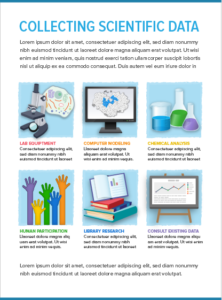 Now it’s time to get to work. This can be hard on days where you’re not “feeling it.” I try to reserve steps 1 thru 4 for those times. I find if I make it through step 3, by the time I hit research I’m warmed up and have a better idea of where I want to go. The creative section is when you need to buckle down. This is where a lot of people will get discouraged. Remember: just get something down. Anything. This is as true for drawing as it is writing. You can refine later and chances are it’s better than you think.
Now it’s time to get to work. This can be hard on days where you’re not “feeling it.” I try to reserve steps 1 thru 4 for those times. I find if I make it through step 3, by the time I hit research I’m warmed up and have a better idea of where I want to go. The creative section is when you need to buckle down. This is where a lot of people will get discouraged. Remember: just get something down. Anything. This is as true for drawing as it is writing. You can refine later and chances are it’s better than you think.
Step 6: Refine
Your last step includes refining what you’ve made. For me this includes color matching, cleaning up illustrations, and updating the layout. You want to feel good about your work! As you get better at the process you’ll spend less time refining.
Celebrate Your Progress
You’ve gone through the process. You’re DONE! It may not be perfect, but it’s a huge start. The client will probably have feedback. You may sleep on it and realize you forgot a key detail or have a creative epiphany. Cool. Add to it tomorrow. But for all intents and purposes it’s done! Celebrate your hard work!
As you follow through and finish more tasks, your baseline skills get better and better. You may not be the best designer/illustrator/writer/whatever in the beginning, but as you learn about streamlining your process and meeting deadlines, you will improve. You cannot pick up these important skills if you get stuck in the pursuit of perfect and never finish work.
I struggled post-college with confidence in my designs and doubted my decisions. With every project I finished I gained critical skills, learned from constructive feedback, and eventually felt more confident advising others. Incidentally, I find that both schools of thought outlined above can be applied to all sorts of things: writing, crafts, and, most recently, running. In all of your pursuits, don’t forget to look back at where you started, because as you progress the quality of your “done” will improve.
Related Viewing & Reading
Here are some additional resources Elizabeth recommends to help if you are feeling overwhelmed or facing creative burnout as you enter into 2018:
- Hank Green, “The Secret to my Productivity
- Elizabeth Gilbert, Big Magic
- Ben Barry, “How to Hack Your Job”
